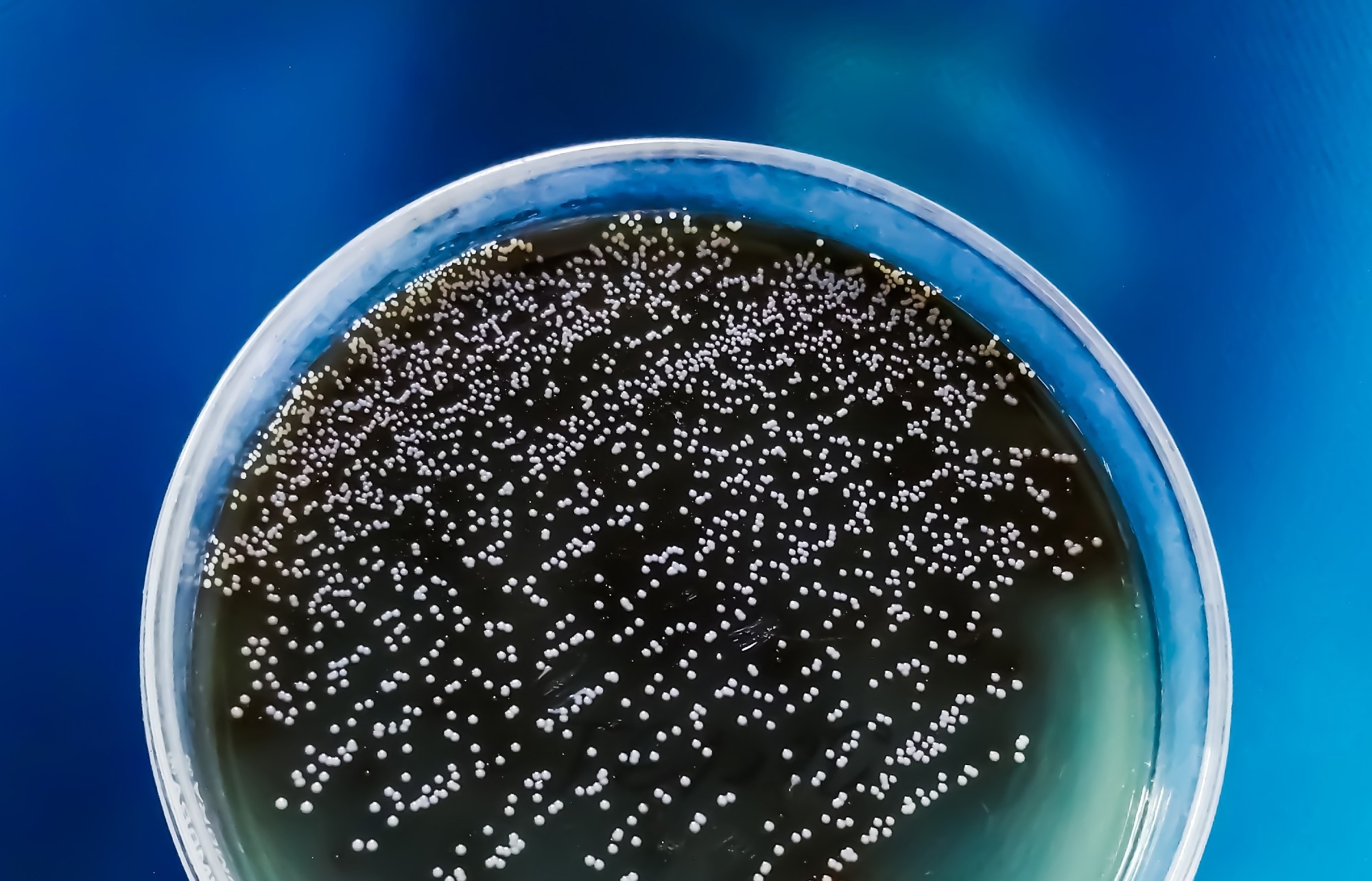In a recent Science Advances study, scientists have developed a novel nanozyme-probiotic combination therapy for Candida vaginitis, which shows potency in killing the causative pathogen, restoring vaginal microbiota, and reducing the recurrence of vaginal infection.
 Study: A probiotic nanozyme hydrogel regulates vaginal microenvironment for Candida vaginitis therapy. Image Credit: Saiful52 / Shutterstock.com
Study: A probiotic nanozyme hydrogel regulates vaginal microenvironment for Candida vaginitis therapy. Image Credit: Saiful52 / Shutterstock.com
Background
Candida vaginitis is a fungal infection caused by Candida albicans. The global prevalence of this vaginal infection is 75%, and about 5-8% of affected women experience recurrence. Vaginal microbiota, especially the dominant beneficial bacterium Lactobacillus, plays an essential role in protecting vaginal epithelial cells from invading microorganisms by producing lactic acid and antimicrobial substances.
Four antifungal drugs, including Clotrimazole, Fluconazole, Miconazole, and Nystatin, are widely used to treat Candida vaginitis. However, long-term use of these drugs can cause damage to normal vaginal cells and tissues, thereby leading to vaginal microbiota imbalance, acid-base imbalance, and recurrence of infection.
Therapeutic preparations containing Lactobacillus appear to be highly effective in treating bacterial vaginitis through the production of hydrogen peroxide, lactic acid, and bacteriocin. However, the causative pathogen of Candida vaginitis is more tolerant to these substances, thus causing treatment failure.
In the current study, scientists have developed a responsive hyaluronic acid hydrogel containing hydroxyl radical-producing nanozymes and lactic acid- and hydrogen peroxide-producing Lactobacillus to treat Candida vaginitis.
Mode of action of the hydrogel
The hyaluronic acid hydrogel was prepared with the aim of destroying Candida albicans restoring vaginal microbiota, and preventing infection recurrence.
The scientists conducted a series of experiments to determine the mode of action of their preparation. To this end, upon administration into the vagina, hyaluronic acid hydrogel is degraded by hyaluronidase produced by Candida albicans, subsequently leading to the localized release of nanozymes and Lactobacillus.
Upon release, Lactobacillus produces lactic acid to normalize the vaginal microenvironment and maintain an acidic pH. A large amount of hydrogen peroxides produced by Lactobacillus were subsequently catalyzed by nanozymes to generate more toxic hydroxyl radicals that subsequently killed Candida albicans.
Functional characterization of the hydrogel
The functional characterization of the hyaluronic acid hydrogel revealed that nanozymes are capable of destroying Candida albicans, even at a lower concentration of hydrogen peroxide. The treatment of Candida vaginitis with nanozymes and Lactobacillus caused a 70% reduction in the fungal viability; however, treatment with Lactobacillus alone did not show any effect on the fungal viability.
Further analysis revealed that the combination of nanozymes and Lactobacillus is highly effective in generating hydroxyl radicals and severely damaging the fungal cell membrane; however, the combination treatment did not have a detrimental effect on Lactobacillus.
The experiments conducted using clinically isolated Candida albicans further confirmed that the combination treatment has a strong negative impact on the viability and colony formation ability of Candida albicans.
Regarding long-term functional integrity, the hydrogel preparation was found to successfully retain its anti-fungal activity when exposed to oxygen under vacuumed conditions. Thus, oxidation cannot destroy the functionality of the nanozyme-Lactobacillus combination when stored under vacuumed conditions.
The in vivo experiments using a mouse model of Candida vaginitis revealed that the combination treatment efficiently kills the pathogen, maintains the microbial vaginal microenvironment, increases the richness and diversity of vaginal microbiota, and reduces the risk of recurrence without causing any significant damage to vaginal mucosal cells.
Study significance
The current study demonstrates that a combination of hydroxyl radical-generating nanozymes, as well as lactic acid- and hydrogen peroxide-producing Lactobacillus preparations, can be used as a topical anti-fungal medication to treat Candida vaginitis.
Although commonly used anti-fungal medicines fail to efficiently kill Candida albicans and prevent a recurrence, the combination therapy evaluated in the current study appears to effectively clear fungi, maintain the vaginal microenvironment and microbiota, as well as prevent a recurrence.
Toxic hydroxyl radicals produced by nanozymes do not destroy Lactobacillus, which is a beneficial effect needed for improving the vaginal microenvironment and restoring microbiota.
This work not only demonstrates the advantages of nanozyme-probiotic combinations over small molecular antifungal drugs for Candida vaginitis treatment and reducing recurrence but also shows the translational promise of nanozymes.”
Journal reference:
- Wei, G., Liu, Q., Wang, X., et al. (2023). A probiotic nanozyme hydrogel regulates vaginal microenvironment for Candida vaginitis therapy. Science Advances. doi:10.1126/sciadv.adg0949

